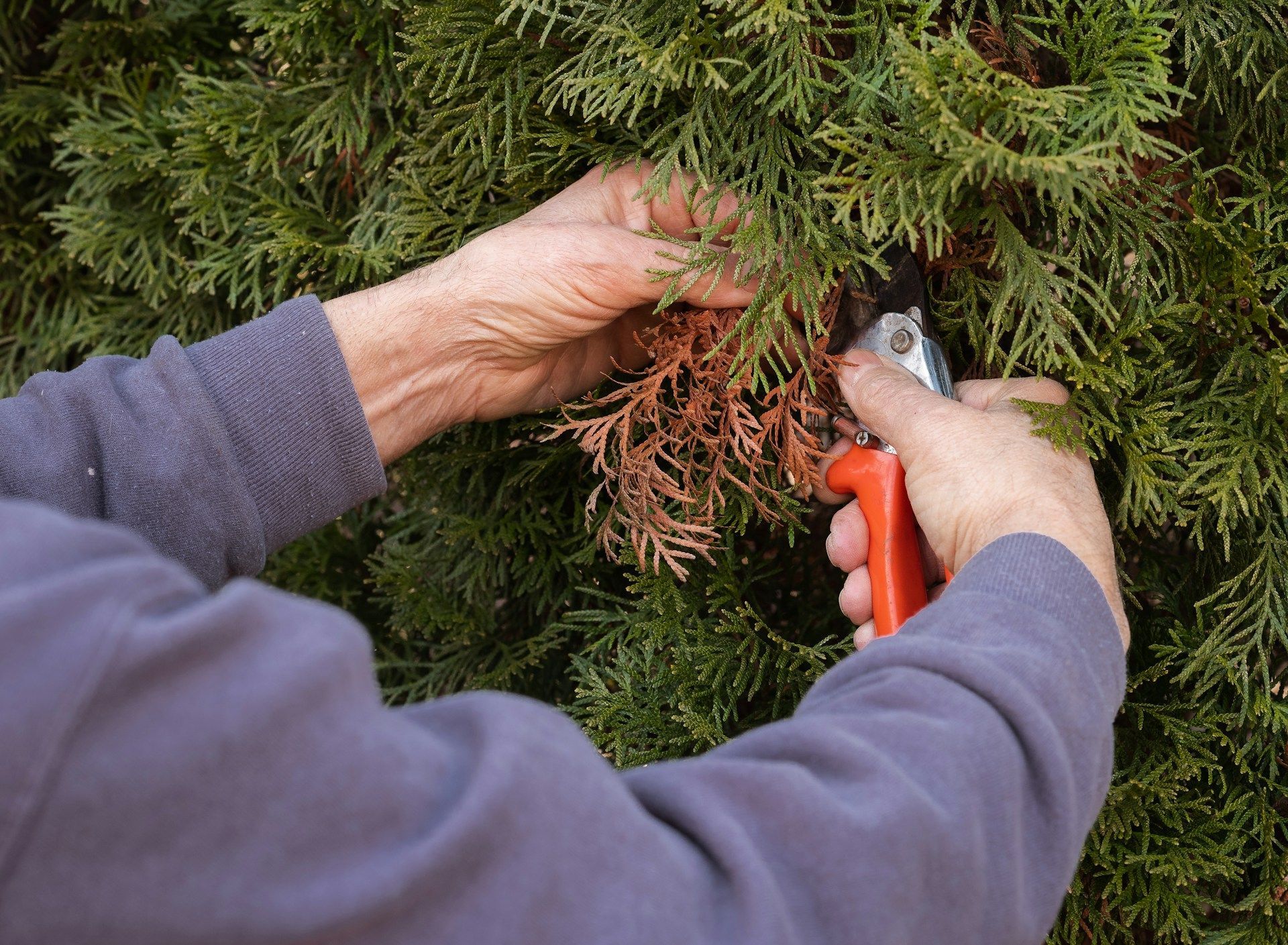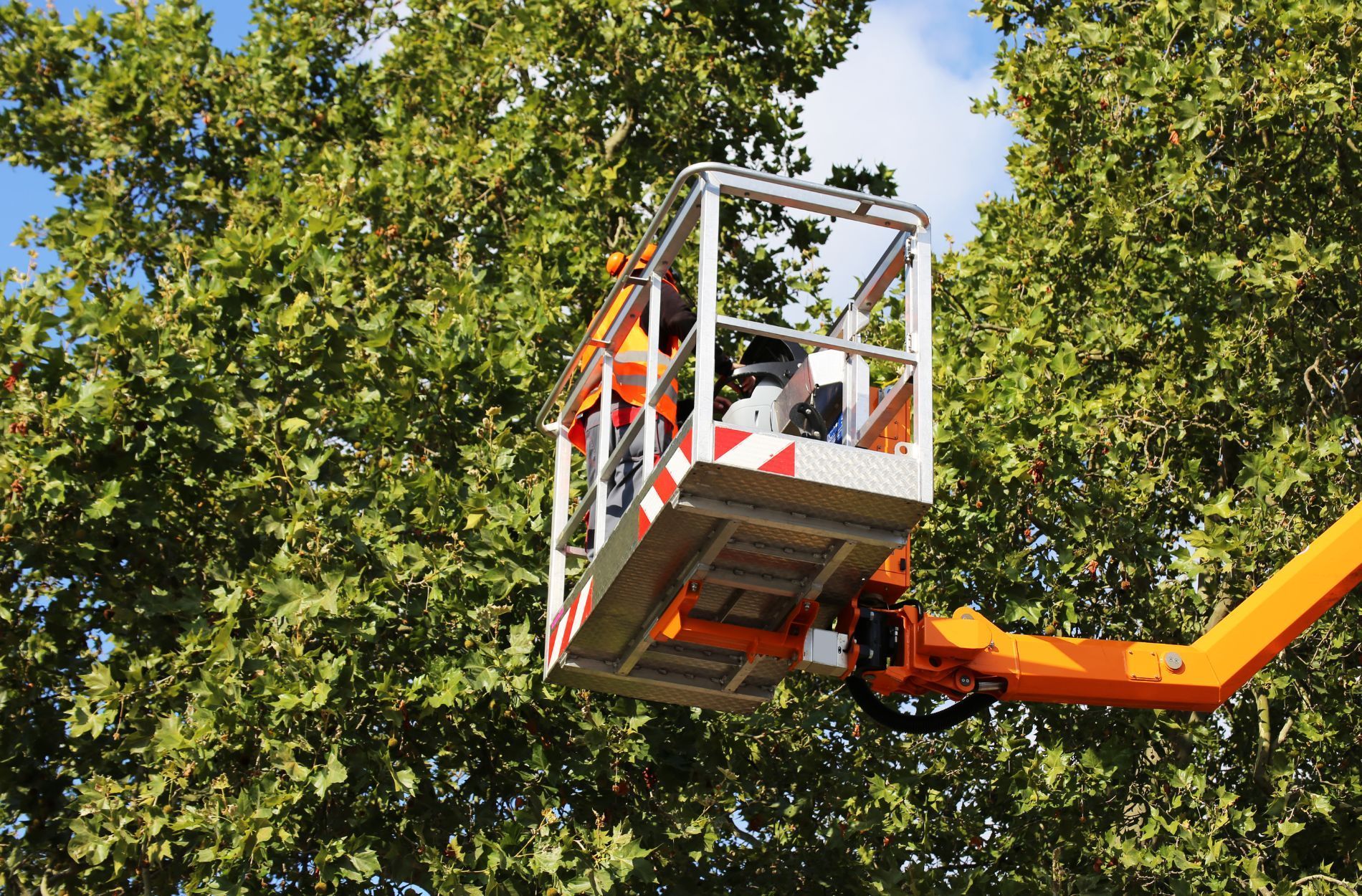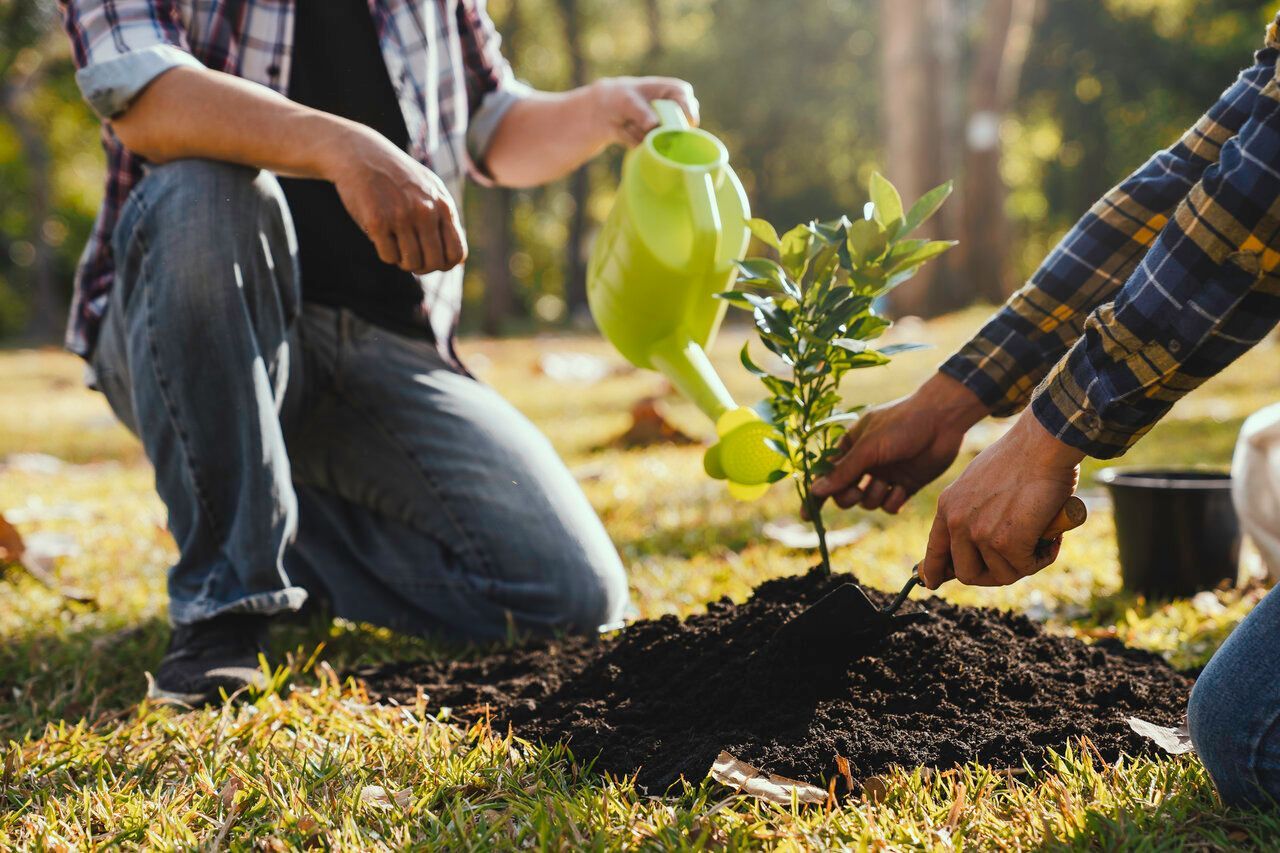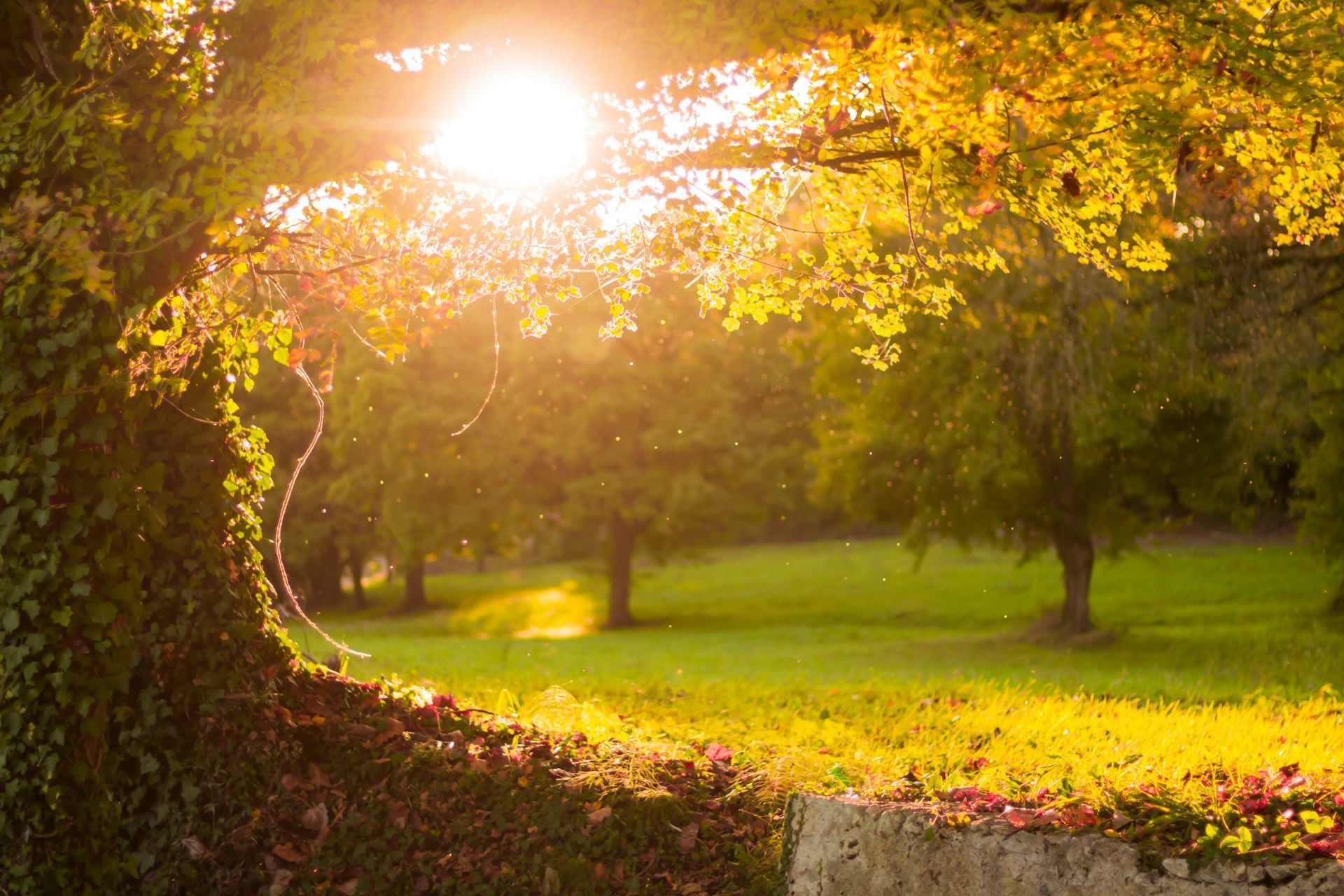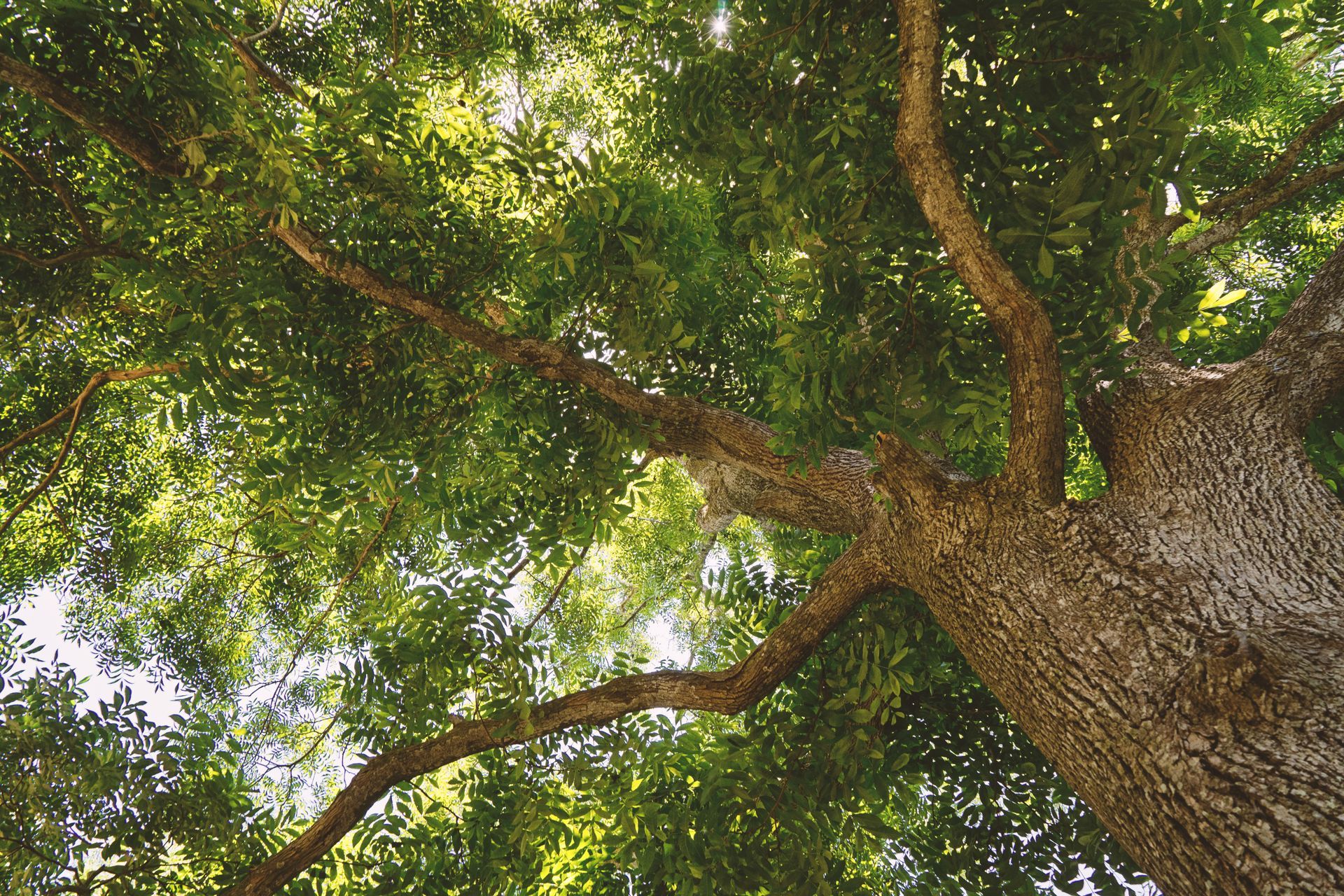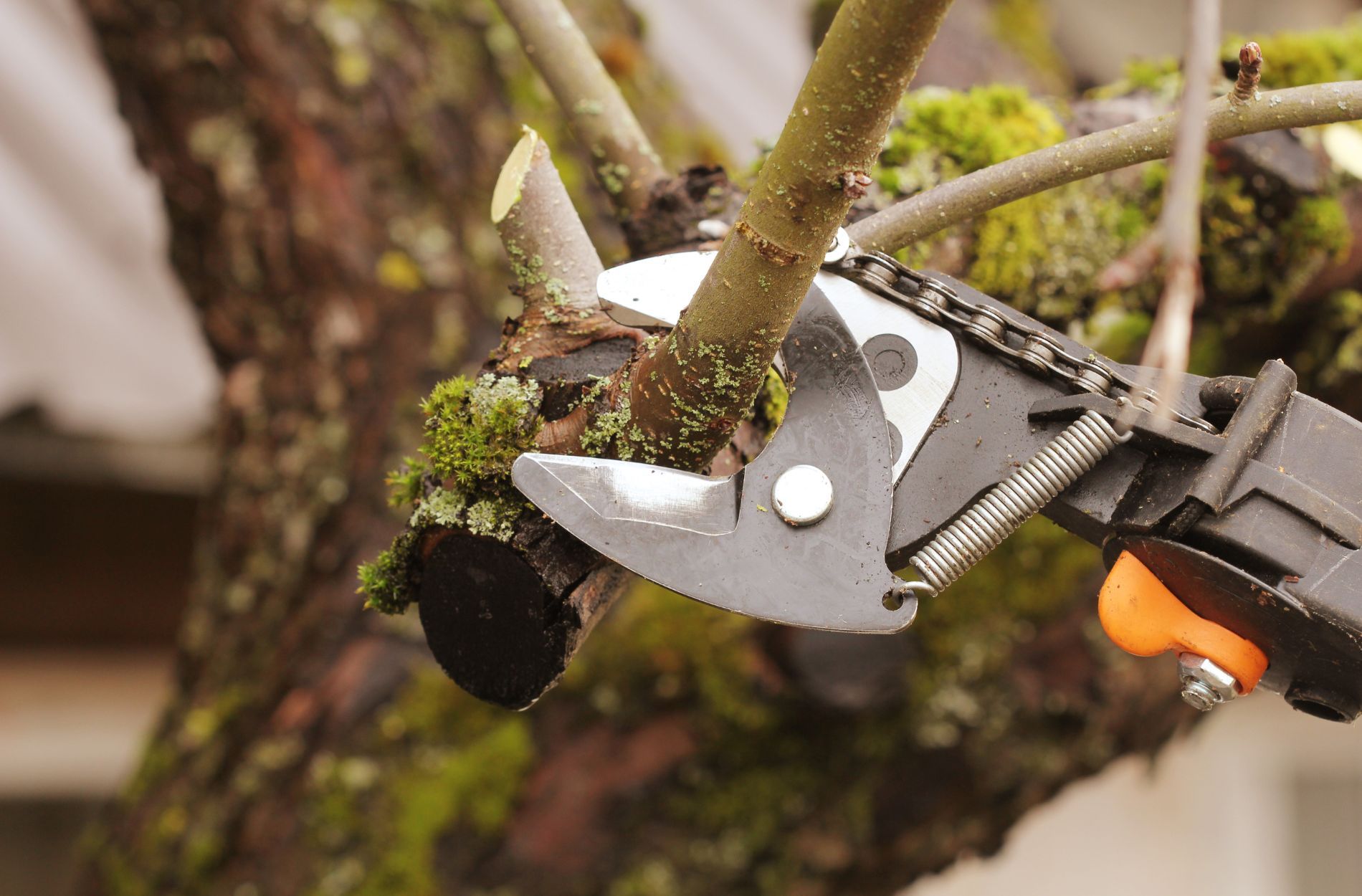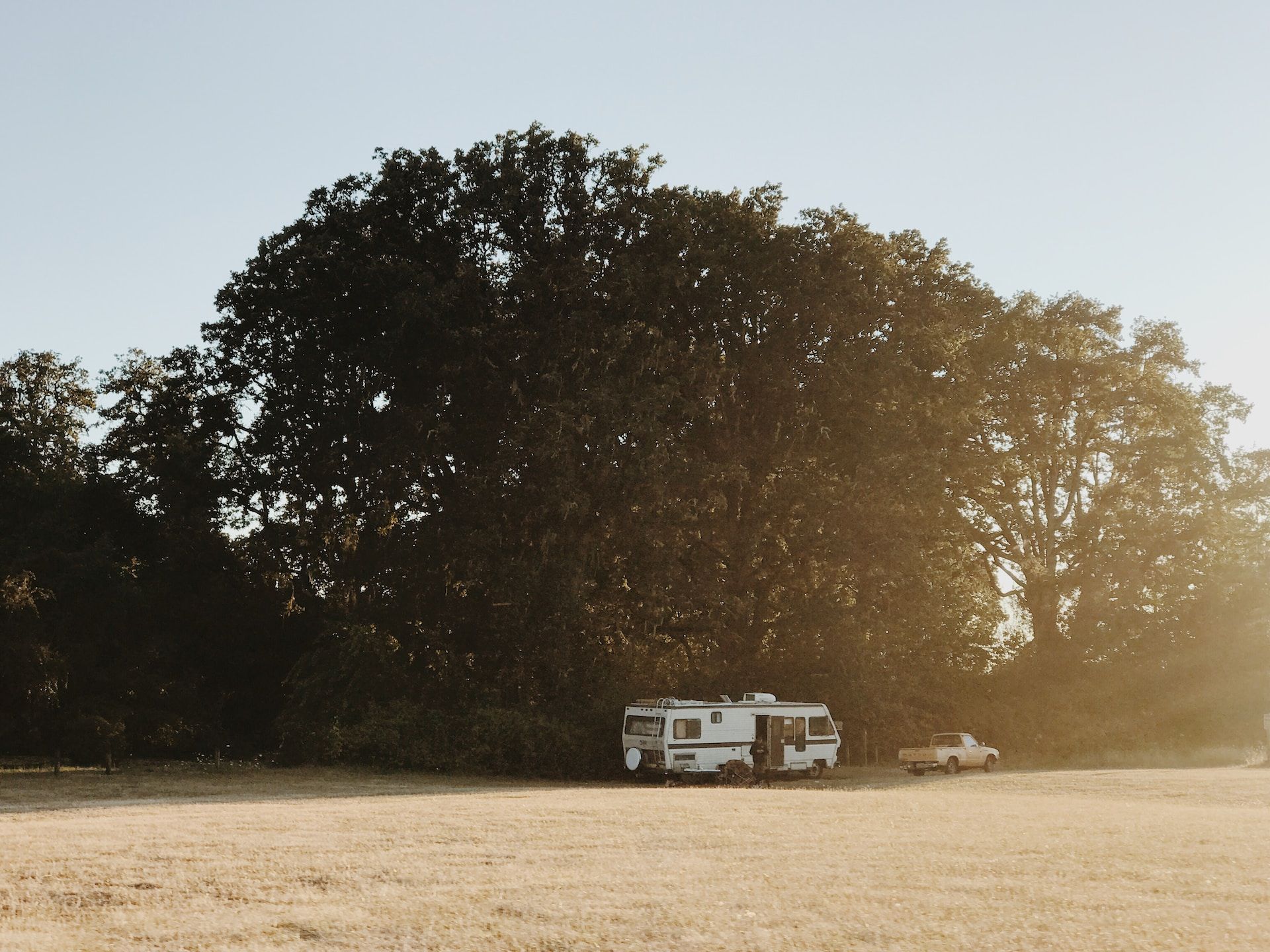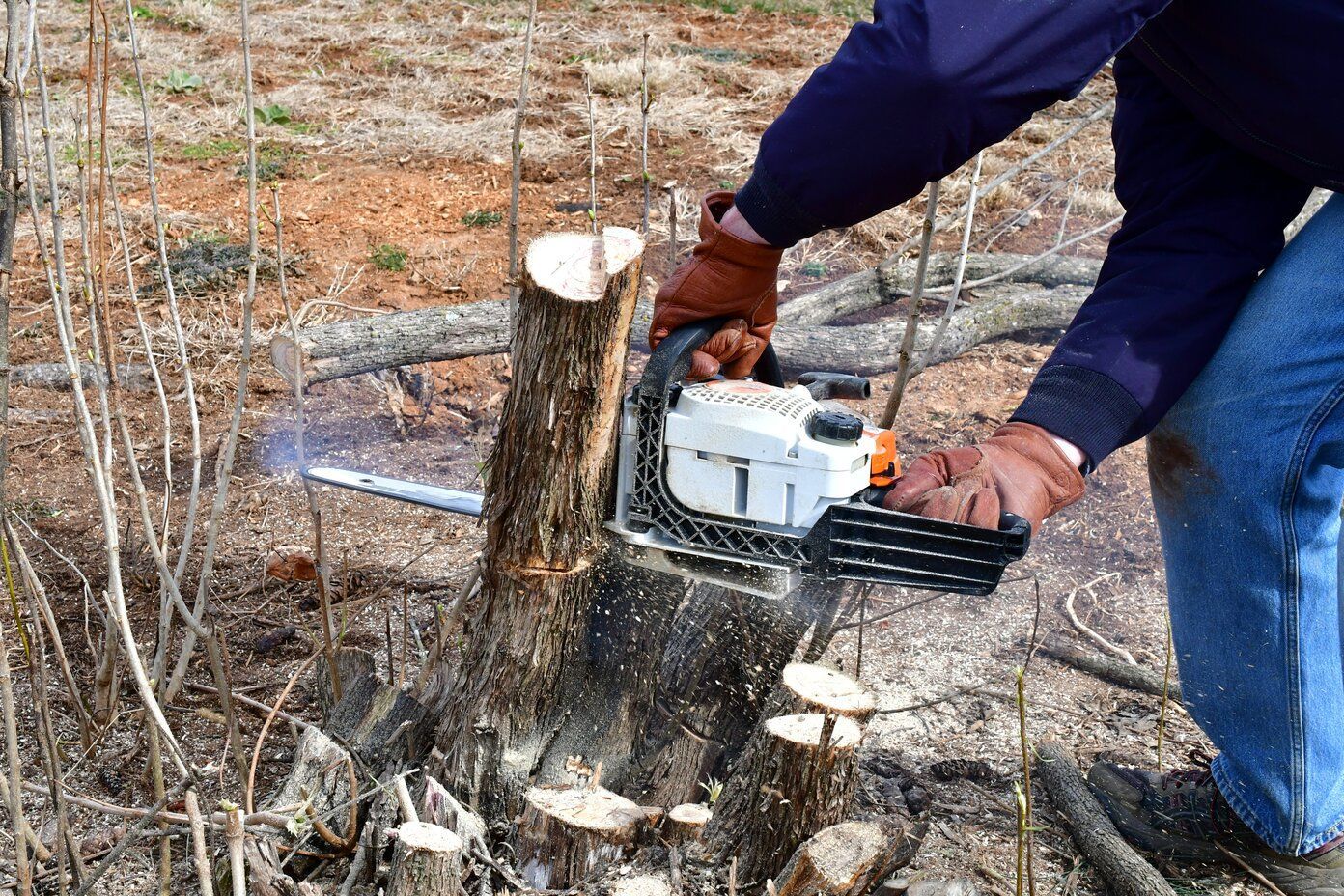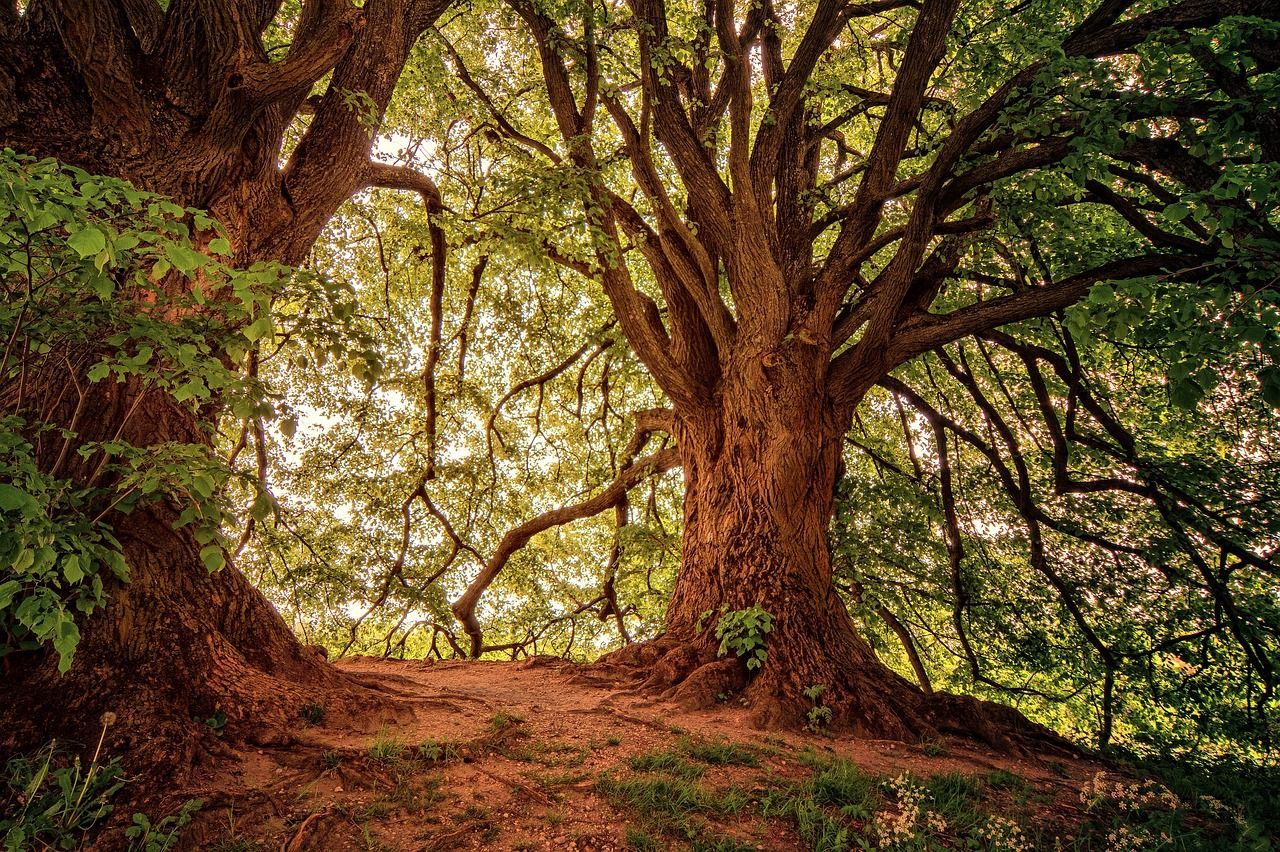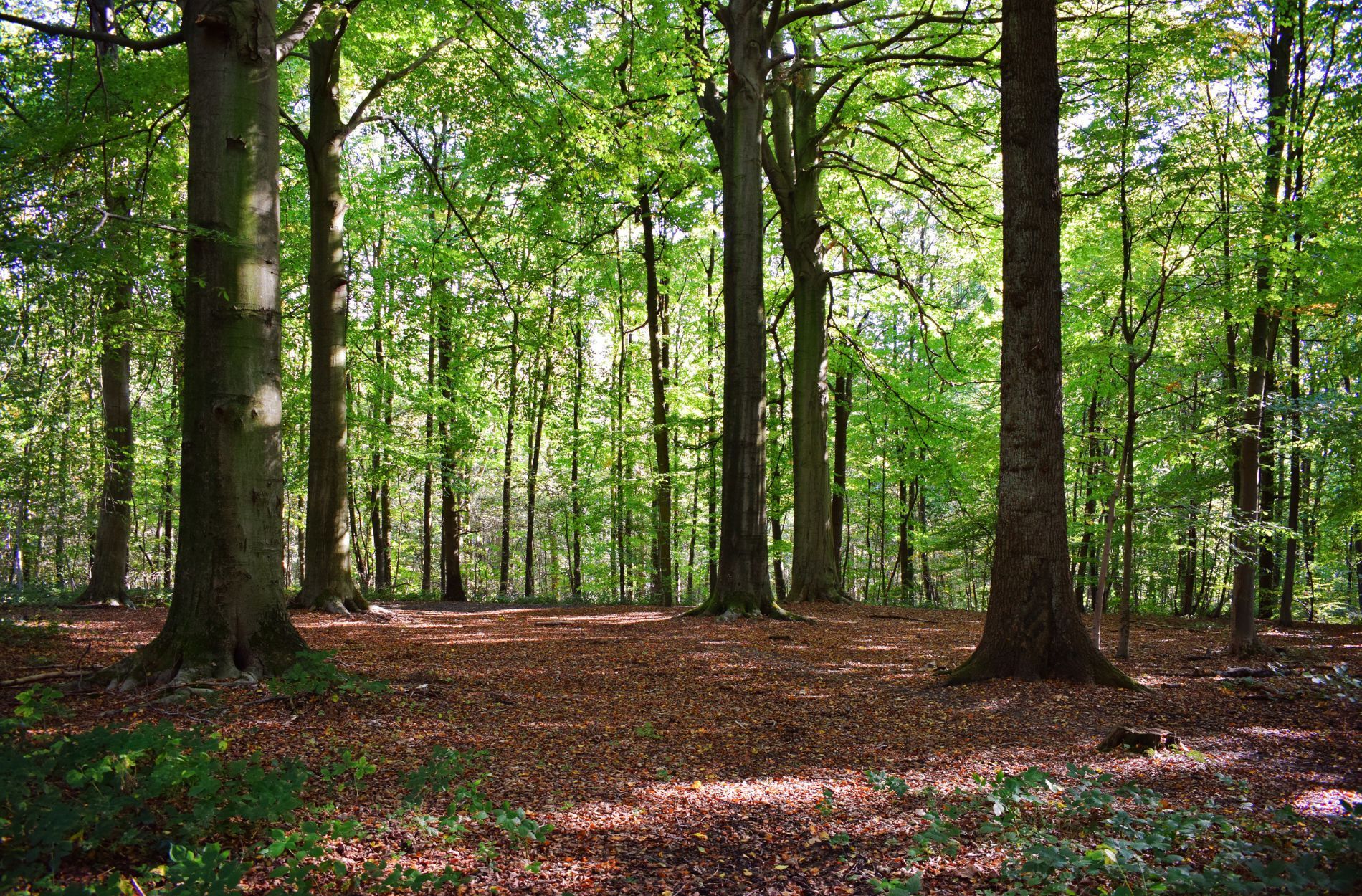Protect Your Trees from Pests and Diseases: Comprehensive Guide for North East Victoria
Proper tree care is essential for maintaining a healthy environment and landscape in North East Victoria. One integral aspect of tree care involves the prevention, identification, and management of common pests and diseases that can threaten the health and vitality of your trees. Pests and diseases can weaken trees, making them more susceptible to additional issues such as storm damage or fungal infections, negatively impacting the overall aesthetics of your landscape.
In this comprehensive guide, we will cover essential steps for detecting and managing pests and diseases affecting trees in North East Victoria, offering valuable insight into preventive measures and tactics for property owners.
Knowledge and understanding of these critical areas will assist property owners in North East Victoria in safeguarding their trees from harmful pests and diseases, ensuring the longevity and resilience of their trees. Through timely intervention and professional assistance, you can contribute to a healthier, pest-free environment while preserving the unique beauty of this vibrant region.
1. Common Pests and Diseases Impacting Trees in North East Victoria
Understanding the specific pests and diseases that commonly affect trees in North East Victoria is vital for early detection and effective management. Some of the most prevalent issues include:
Insects: Borers, scale insects, and aphids are known to infest various tree species, potentially causing defoliation, dieback, and overall tree decline.
Fungal Diseases: Common fungal infections, such as Armillaria root rot and anthracnose, can attack tree roots, foliage, and bark, leading to severe damage or even tree death.
Bacterial Diseases: Bacterial infections, like fire blight and bacterial canker, generally affect fruit trees and can lead to branch dieback, discoloured leaves, and fruit loss.
By recognising the signs of these pests and diseases, property owners can act promptly to prevent further damage and implement appropriate treatment strategies.
2. Monitoring and Detection Methods for Early Intervention
Regular monitoring of trees is crucial for early detection and intervention. Some practical methods for tracking the health of your trees include:
Visual Inspections: Periodically observe the overall appearance of your trees, checking for symptoms such as discolouration, leaf curling, and branch dieback.
Bark Inspection: Examine tree trunks and branches for signs of damage, infestations, or fungal growth, such as splitting bark, wood-boring insect holes, and fungal fruiting bodies.
Soil and Root Assessments: Inspect the soil at the base of the tree for any signs of pests or disease, and examine the area for evidence of root damage or unusual growths.
Conducting these inspections at various times throughout the year will help to identify any emerging issues before significant damage occurs.
3. Preemptive Strategies for Reducing Pest and Disease Infestations
Prevention is always better than cure. To reduce the likelihood of pest and disease infestations, consider implementing the following practices:
Tree Selection: Plant tree species that are native to North East Victoria and well-suited to the region's climate, as they are more likely to be resilient against common pests and diseases.
Proper Spacing: Provide adequate space between trees to improve air circulation, minimising the spread of diseases and pests.
Pruning and Maintenance: Regularly prune your trees to remove dead or diseased branches, promoting healthy growth and better air circulation. Engage a professional arborist for expert pruning techniques to ensure tree health and safety.
Soil Management: Maintain healthy soil with appropriate water, nutrients, and organic matter, providing a robust foundation for tree roots to remain healthy and strong.
4. Treatment and Management of Affected Trees
When faced with a pest or disease issue, prompt action is crucial to minimise damage and protect the health of your trees. Some effective treatment and management techniques include:
Diagnosis and Treatment Plan: Engage a professional arborist to accurately diagnose the pest or disease and develop a tailored treatment plan, as incorrect treatment can cause further harm to your tree.
Chemical Control: When necessary, consult with a qualified arborist to determine appropriate chemical treatments for pest or disease management, ensuring the safe and effective use of pesticides and fungicides.
Biological Control: In some cases, introducing natural predators or beneficial insects can help to control pest populations without the need for chemical intervention.
Tree Removal: In severe cases, tree removal may be required to prevent the spread of pests or diseases to nearby trees or to eliminate safety hazards. Consult with a professional arborist to assess the situation and determine the best course of action.
Safeguard Your Trees with Expert Pest and Disease Management in North East Victoria
Property owners have a vital role in protecting the health and vitality of trees by proactively addressing pest and disease issues in North East Victoria. By implementing effective monitoring, prevention, and early intervention strategies, you can significantly reduce the impact of these challenges and maintain a thriving, resilient landscape.
Trust in the expertise of Just Trees Australia's professional arborists as your go-to resource for accurate diagnoses, treatment plans, and tree care guidance in North East Victoria. Contact us today to utilise our comprehensive range of tree care services, including
tree removal services in compliance to pest and disease management. Secure the future health and longevity of your trees while contributing to the overall wellbeing of the local environment. Contact us today to get a free quote!
'FOR US NO JOB IS TO BIG OR TO SMALL'
WE HAVE OVER 20 YEARS EXPERIENCE
JUST TREES AUSTRALIA
Trees and Tree Removal are at the heart of our business, we provide a safe and affordable service for both residential and commercial.
P: 0435 624 017
E: justtreesaus@outlook.com

